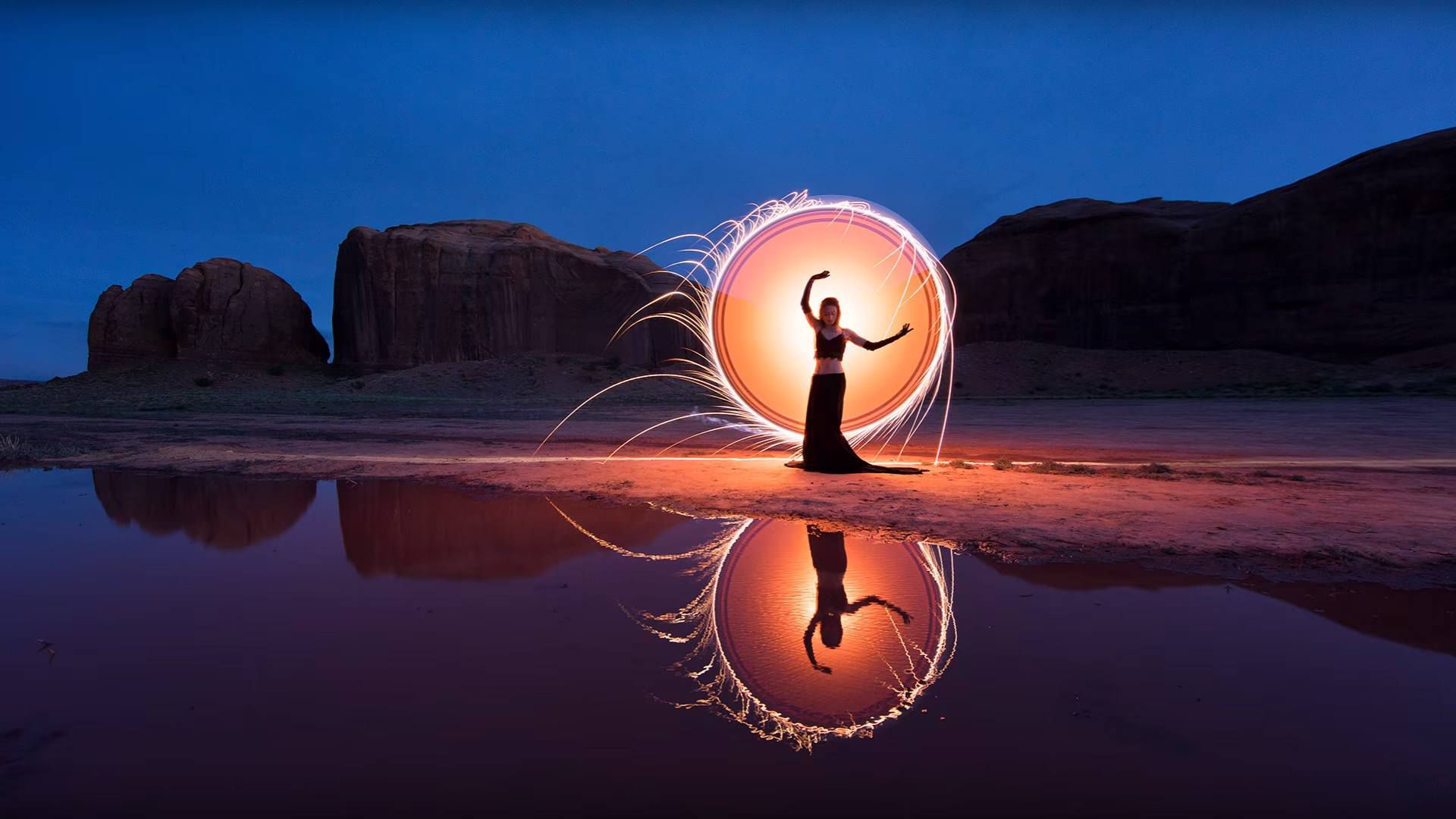

This can be set to On, but it will cause your exposure time to double (because the camera takes a second black exposure to help remove noise). Long exposure noise reduction – The recommended setting is Off.With your camera on a tripod, having image stabilization turned on can actually fool your camera or lens and cause blurring in your image. Image stabilization – Set this to Off.

It is perfectly acceptable for your brightest highlights to be slightly clipped if the rest of your image is properly exposed. Blinkies – Turn on your blinkies (a highlight warning) to help you determine if your highlights are exposed properly.If the histogram skews heavily to the left, your image is going to be too dark. Histogram – Use your histogram to check your exposure.LCD brightness – Lower the brightness of your LCD preview, because the normal setting is too bright at night and will make your image look bright when it’s actually underexposed.Shutter speed – Set your shutter speed to Bulb mode (your final shutter speed will be determined by the amount of ambient light in the scene).

F-stop or aperture – Stop down to f/8 or f/10, which allows you to get more depth of field and enables you to use a longer shutter speed.Daylight white balance is a good starting point if you want to maintain the original colors of your artificial light sources. However, sometimes experimenting with other white balance settings can produce some interesting light effects. White balance – If you want to balance out your artificial light source, choose either the Incandescent or Tungsten white balance setting.(This is not a necessity, but it is an important recommendation.) Image quality – Set your image quality to RAW, which allows you to capture as much information as possible.
#Illuminate painting manual#

#Illuminate painting windows#
Notice the light coming from inside the schoolhouse, added from the outside by shining a flashlight through windows at the back of the building.
#Illuminate painting iso#
This was a long, 170-second exposure, shot at f/8 (for depth of field) and ISO 100.


 0 kommentar(er)
0 kommentar(er)
